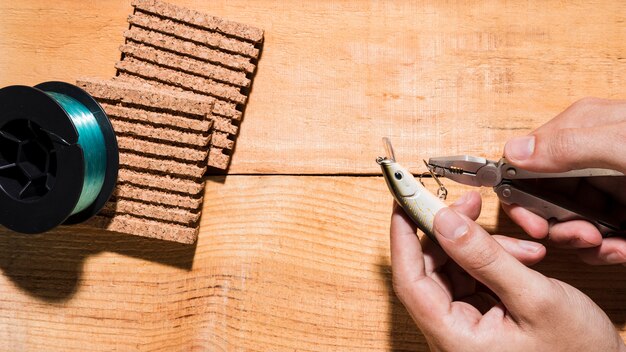10 Fascinating Facts About Copper

Copper is one of the oldest metals known to mankind, dating back over 10,000 years.
Copper is a key component in many electrical wiring systems due to its high conductivity.
The Statue of Liberty is made entirely of copper, giving it its iconic green color.
Copper has antimicrobial properties, making it effective in fighting bacteria and viruses.
The average home contains around 400 pounds of copper in its wiring and plumbing.
Copper is an essential nutrient for the human body, as it plays a role in maintaining a healthy immune system.
Copper is recyclable, and it retains its quality even after numerous recycling processes.
Copper has been used for centuries to create decorative artwork and jewelry due to its unique reddish hue.
Copper is commonly found in the Earth’s crust, making it accessible and economical to mine.
Copper is resistant to corrosion, making it an ideal material for outdoor structures and piping.
Ancient Egyptians used copper for its healing properties, using it to treat a range of ailments.
The United States penny is made mainly of copper, with 2.5% zinc.
Copper is an important component in wind turbines, helping harness renewable energy.
Copper is a natural conductor of heat, making it popular for cookware such as pots and pans.
The largest copper mine in the world is located in Chile, producing over 5.6 million metric tons annually.
Copper is essential for proper growth and development in plants, aiding in photosynthesis.
10 Fascinating Facts About Copper part 2
Copper is a vital resource in the construction industry, used for roofing, gutters, and plumbing.
Copper has been used in traditional medicine for its anti-inflammatory properties.
Copper coins are thought to bring good luck and wealth in various cultures around the world.
Copper has a unique ability to be shaped into intricate designs, making it popular for architectural elements.
Copper is naturally antibacterial, reducing the risk of infections in hospitals when used in doorknobs and handrails.
The electrical conductivity of copper is second only to silver among all metals.
The largest copper statue in the world is the Motherland Calls statue in Russia, standing at a height of 279 feet.
Copper is essential for the production of red blood cells in the human body.
Copper is used in musical instruments such as trumpets and saxophones due to its excellent acoustic qualities.
Copper has a long history of use in traditional Chinese medicine for its ability to improve blood circulation.
Copper is a key component in the production of electrical motors, helping power various machinery and vehicles.
The Bronze Age, named after the alloy copper and tin called bronze, marked a significant development in human history.
Copper is an essential trace element required by plants for the production of chlorophyll and photosynthesis.
Copper wires are commonly used for Ethernet connections due to their reliable and fast transmission capabilities.
Copper can be found in our bodies in small amounts, with the average adult containing around 100 milligrams.
Copper is malleable, meaning it can be hammered or pressed into shapes without breaking.
Copper sulfate is used as a fungicide in agriculture to protect plants from diseases.
Copper is an excellent conductor of electricity, losing very little energy in transmission.
Copper has been used in traditional Ayurvedic medicine for its detoxifying properties.
Copper is used in the production of solar cells, helping convert sunlight into electricity.
Copper has been used for centuries in coinage, including ancient Greek and Roman currencies.
Copper is traded on the London Metal Exchange, reflecting its global importance as a commodity.
Copper shows a unique reddish-orange color when heated, making it visually appealing in artistic applications.
Copper is resistant to corrosion from saltwater, making it suitable for marine applications such as shipbuilding.
Copper is used in the production of batteries, thanks to its ability to store and transfer electrical energy.
Copper pipes are widely used in plumbing systems due to their durability and resistance to leaks.
Copper’s antimicrobial properties are being explored for use in hospitals and public spaces to reduce the spread of infections.
Copper has been used in traditional remedies for arthritis and joint pain due to its anti-inflammatory effects.
Copper is an essential ingredient in many skincare products, believed to help promote collagen production and reduce the signs of aging.
